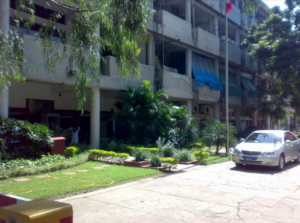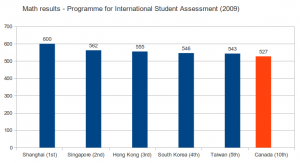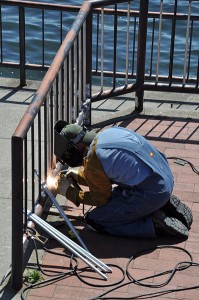
The headquarters of Shopify, one of Canada’s rising tech stars, in the ByWard Market district of Ottawa. The federal government hopes to see more high-growth technology companies like Shopify being started in Canada (GOOGLE MAPS)
The goal of the plan is to encourage the creation of large venture capital funds that specialize in investing in early-stage, high-growth startup companies in Canada.
“Our Government understands that Canada’s long-term economic competitiveness in the emerging knowledge economy needs to be driven by globally competitive, high-growth businesses that innovate and create high-quality jobs,” said Prime Minister Stephen Harper in announcing the initiative.
$250 million of the $400 million of federal funding will be used to create a “fund of funds” for Canada’s venture capital industry, which will invest in Canada-focused venture capital funds.
$100 million will be invested into a private-sector counter-part to the government-run ‘fund of funds’, which will have a similar role as the government-administered fund, but with private and provincial co-funders.
The remaining $50 million will be invested into “three to five” existing high-performance Canadian venture capital funds.
The federal government has made several efforts over the past year to support Canada’s venture capital and startup industry, including providing publicity for the volunteer-led and funded Startup Canada project, and beginning consultations on creating a new ‘startup visa’ to provide a route for entrepreneurs with venture capital funding to immigrate to Canada.
With top marginal personal income tax rates that are among the highest in the world though, the government could face an uphill battle in fostering an entrepreneurial culture in Canada according to some analysts.
A study released by Canadian economist Ergete Ferede last year shows a negative correlation between the extent of redistribution and progressivity in the personal income tax and the rate of self-employment.









